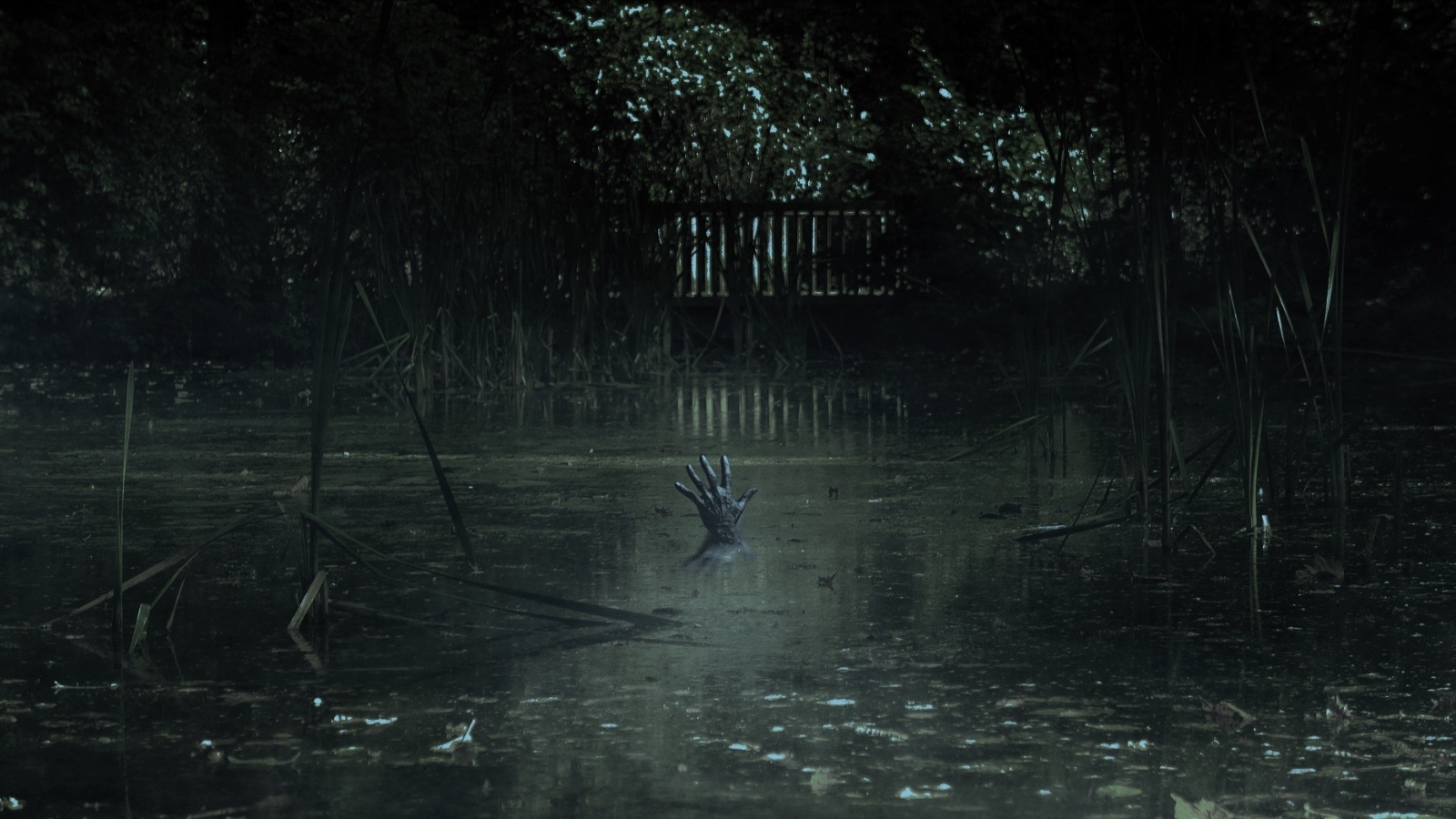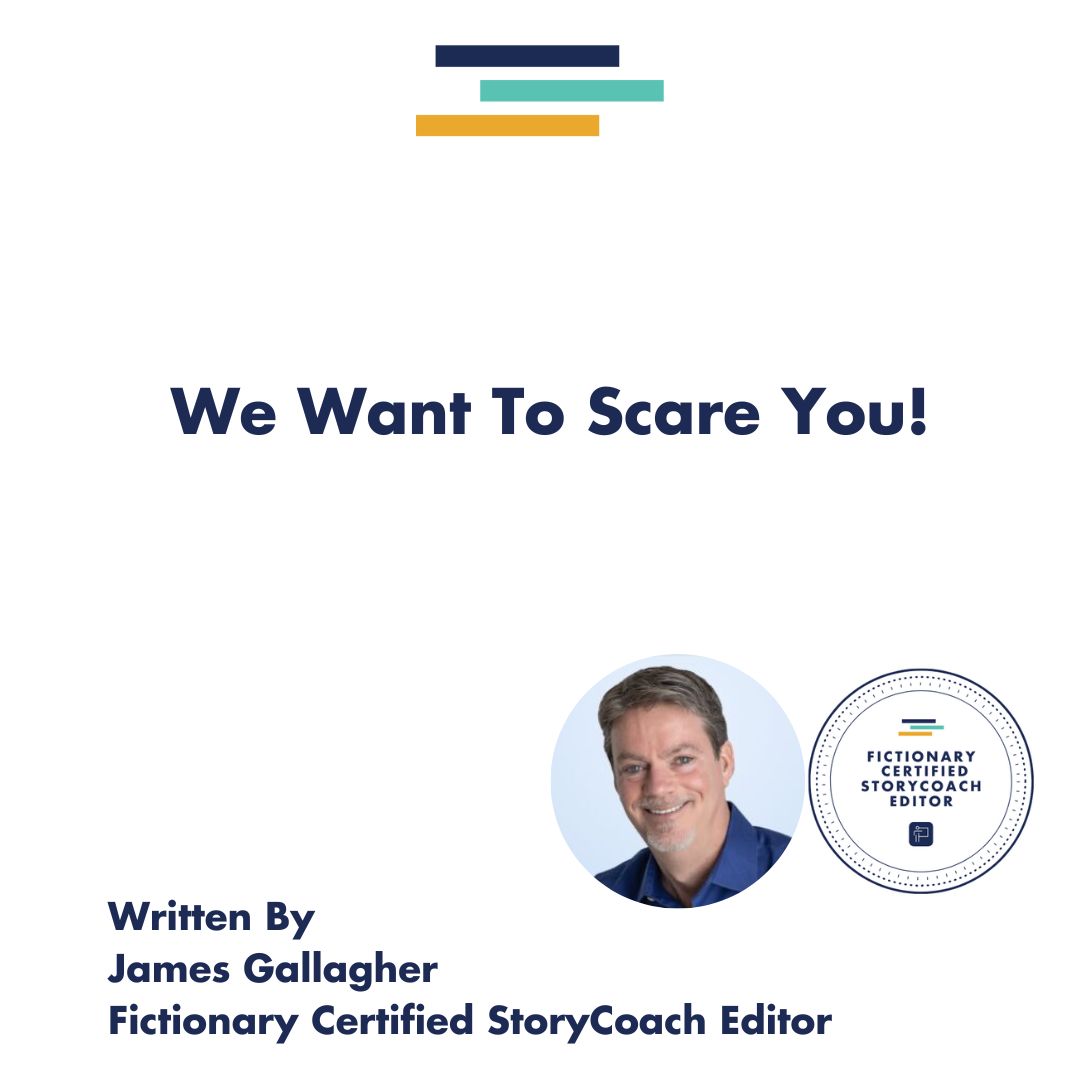Don’t Go in the Cellar: Elements to Consider When Writing Horror
[Editor’s note: The horror community suffered a great loss when author Peter Straub, 79, died on September 5, 2022. As quoted in Publishers Lunch, Doubleday vice president and executive editor Lee Boudreaux said, “Among his many gifts, Peter transported readers on labyrinthine journeys as notable for their literary heft and devilishly clever dialogue as they were for Peter’s boundary-shattering imagination—and capacity to scare us senseless.”]
Horror authors employ a variety of methods for making their characters suffer—and thrilling readers in the process. While there’s no one right way to write a horror story, the study of the themes, conventions, and techniques discussed below can help authors pen successful horror tales.
So whether creating classic horror, quiet horror, extreme horror, body horror, weird horror, or any of horror’s many sub-genres, writers do well to familiarize themselves with conventions and elements that have worked throughout horror’s history and that continue to serve writers even as the genre morphs into ever more fantastical, grotesque, and inspiring forms.
As we delve into elements of the craft, we’ll imagine that horror icon Pinhead, in Hellraiser III, was speaking for horror authors everywhere when he said, “I’m going to enjoy making you bleed, and I’m going to enjoy making you enjoy it.”

An Emotion and a Genre
Fear lies at the heart of horror. Scaring readers, though, is among the hardest tasks in literature. You can see this evidenced by a tweet from author Alma Katsu (The Fervor, The Hunger):
“She doesn’t write horror—it’s not scary.” Guess what? What’s scary is different to everyone. (September 22, 2022)
Some label movies like The Blair Witch Project and Paranormal Activity among the most frightening films they’ve ever seen. Others are bored to tears by them. So how do you figure out what will scare your readers?
A good first step is to ask what scares you and to let that propel your explorations into horror. Take note when you watch films or read novels. Also take note of the form of the writing. Are you most compelled by short stories, novellas, or novels? Which works best for you, and why?
Horror stands alone in that it is both an emotion and a genre, and emotions are best attacked through character. As we’ll see later, starting with character rather than your monster can be one of the keys to writing a successful horror tale.
Themes and Cautions When Writing Horror
At its best, horror probes themes at the heart of humanity. In his audio course on horror, fantasy, and science fiction, bestselling author and screenwriter John Truby lists the big questions that horror explores
- Where are the lines between man, animal, and machines?
- Can we overcome death?
- Can we play God?
- Does evil lurk within us all?
- What are our fears and how do they control us?
Horror can connect on the level of pure entertainment when it lacks more high-minded themes. But the horror that lasts and resonates more persistently with readers has themes that run deeper into the human experience.
An attack by a werewolf is frightening. Transforming into a werewolf (and losing your humanity) is scarier. And realizing that the werewolf lived inside you all along is perhaps the scariest of all.
In his course, Truby also cautions writers about weaknesses that can show up in their work:
- Horror can become simply a vehicle for blood and guts. Undoubtedly some prefer the slow accumulation of detail that induces dread in quiet horror, but even for gore hounds, horror that lacks psychological insight can become repetitive and, worst of all, boring. So no matter how much blood is splashed on the page, creating fully realized characters and developing themes that resonate will elevate your work.
- The “narrowness” of horror constructions can limit scope, create obvious plots, and lead to repetitive actions and attacks. Settings in horror are often employed to restrict options for characters and to heighten tension and conflict (the brutal, isolated setting of The Thing or the close confines of the ship in Alien). Be aware of this and observe how the best in the field provide twists (the hero becomes the monster, for example) that open the story.
- The protagonist is undeveloped, lacks needs, and exists as only a victim. We’ll talk more about starting with character below, but the desire to put your character through hell (and have us enjoy the ride!) is best accomplished by fully developing that character.
Advice for Writing Horror
When you listen to authors who have experienced success in the field, you inevitably hear much of the same advice again and again. And you are well served to listen. Indeed, in horror author Tim Waggoner’s highly recommended book on writing horror, Writing in the Dark, the Voices from the Shadows sections that end each chapter provide quotes about writing horror from the best in the field. Within those pages, you can find a wealth of actionable advice.
The following are themes that, like Jason rising from the lake, come up repeatedly from authors who ply their trade scaring readers:
- Read widely. Read new horror. Read old horror. Read whatever you’re comfortable with (not all who love horror want to read extreme horror, and everyone has the right to not read horror in which animals are injured, or children are injured, or that contains themes that can be harmful to them; reading what you’re comfortable with is a personal choice and a right). Read fiction outside of the field. Read nonfiction. Inspiration can come from any source.
- Learn the writing craft. Writing is difficult, and writing takes practice. On one level, good horror is good writing, so learning the ins and outs of the craft and practicing elements such as writing compelling climaxes will benefit writers and, ultimately, their readers.
- Concentrate on the unknown. Horror is driven by fear of the unknown. Horror is driven by fear of the unknown. Horror is driven by … The thing in the attic, basement, or woods is almost always more frightening before it is revealed. So tease out your monster, whatever shape it takes, because you risk taking the air out of your manuscript if you reveal too much of the monster too soon.
- Start with character. To be afraid for a character we have to care for that character. It might be more fun to concentrate on your villain, but most horror writers will tell you to start with the protagonist and give them the wants, needs, and desires that make readers care. In a sense, the monster should grow from the character’s weaknesses and be a perfect reflection of those weaknesses so that the creature (in whatever form) can perfectly exploit them.
- Concentrate on your setting. When used effectively, setting can accentuate emotion, increase (or decrease) conflict and tension, set the mood, enhance characterization, and speed up (or slow down) pacing. So many horror settings have been so frequently employed that they can lose effectiveness if not given fresh life. So think about how you can make your setting new, or place your story in an unusual setting. Another aspect of setting is that horror always contains some violation of reality, something that shouldn’t be, so taking the time to establish the familiar world will enhance the horrific effect of this violation.
- Innovate within tropes, themes, and settings. Those unfamiliar with the innovative fiction written today (see new voices such as authors Eric LaRocca and Hailey Piper) and throughout the genre’s history will often comment that too much horror is cliché. And there are certainly horror tropes that have been done to death (though nothing ever truly dies in horror). It might be a cliché in itself, but there’s a story that only you can tell, a new twist that only you can provide. Find out what it is, and tell it.
Writing good horror isn’t easy, but immersing yourself in the field and incorporating lessons from those who’ve done it successfully provide a good start. And after all, what’s horror without a little suffering?
Suggested Reading
Stephen King, On Writing: A Memoir of the Craft
Tim Waggoner, Writing in the Dark
Stephen King, Danse Macabre
David G. Hartwell (editor), The Dark Descent
Brian Keene, End of the Road
Post Written By James Gallagher
 James Gallagher is a Fictionary-Certified StoryCoach, copy editor, and proofreader. James has worked on more than 200 books and particularly enjoys horror and romance. An active member of the editing community, James loves to help authors bring out the best in their stories.
James Gallagher is a Fictionary-Certified StoryCoach, copy editor, and proofreader. James has worked on more than 200 books and particularly enjoys horror and romance. An active member of the editing community, James loves to help authors bring out the best in their stories.
More about him can be found at CastleWallsEditing.com.



